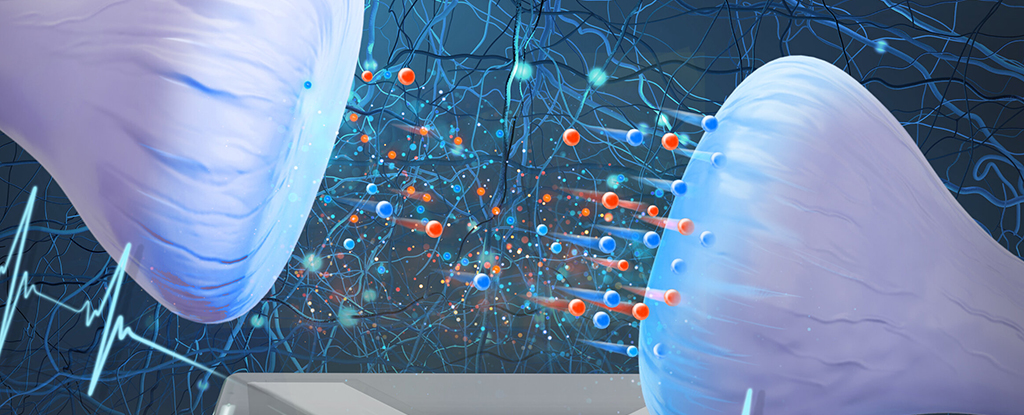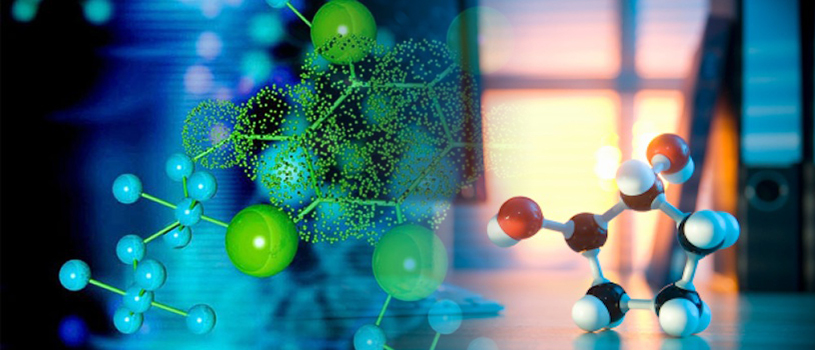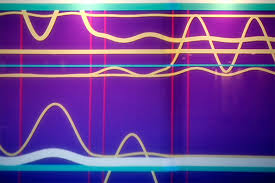
For the first time, researchers have simulated neurological junctions called synapses using the same water and salt ingredients the brain uses, contributing to an emerging field that combines biology with electronics called iontronics.

Researchers have fused living and non-living cells for the first time in a way that allows them to work together, paving the way for new applications.

Scientists have now found a way to create 3-D heart tissue that beats in synchronized harmony that will lead to better understanding of cardiac health and improved treatments.

Scientists from China have made history by taking a cell that's not a sperm cell and then used it to create a live animal. A similar technique could be used one day to treat infertility in humans.

Inspired by human anatomy, researchers at Singapore’s Agency for Science, Technology and Research (A*STAR) have developed a simulated version these cells for use in robots, reports MIT’s Technology Review.

Researchers have found a way to turn mouse embryonic stem cells into sperm. This finding opens up new avenues for infertility research and treatment.

Researchers at the Stanford University School of Medicine have found that human skin cells can be converted directly into functional neurons in a period of

What’s the News: This week, scientists say that they’ve passed a chemistry milestone by creating the world’s first practical photosynthesis device. The playing-card-sized photosynthetic gadget uses sunlight to split water molecules into oxygen and hydrogen, which can then be used to produce energy, and is reputedly 10 times more efficient than a natural leaf. Researchers …